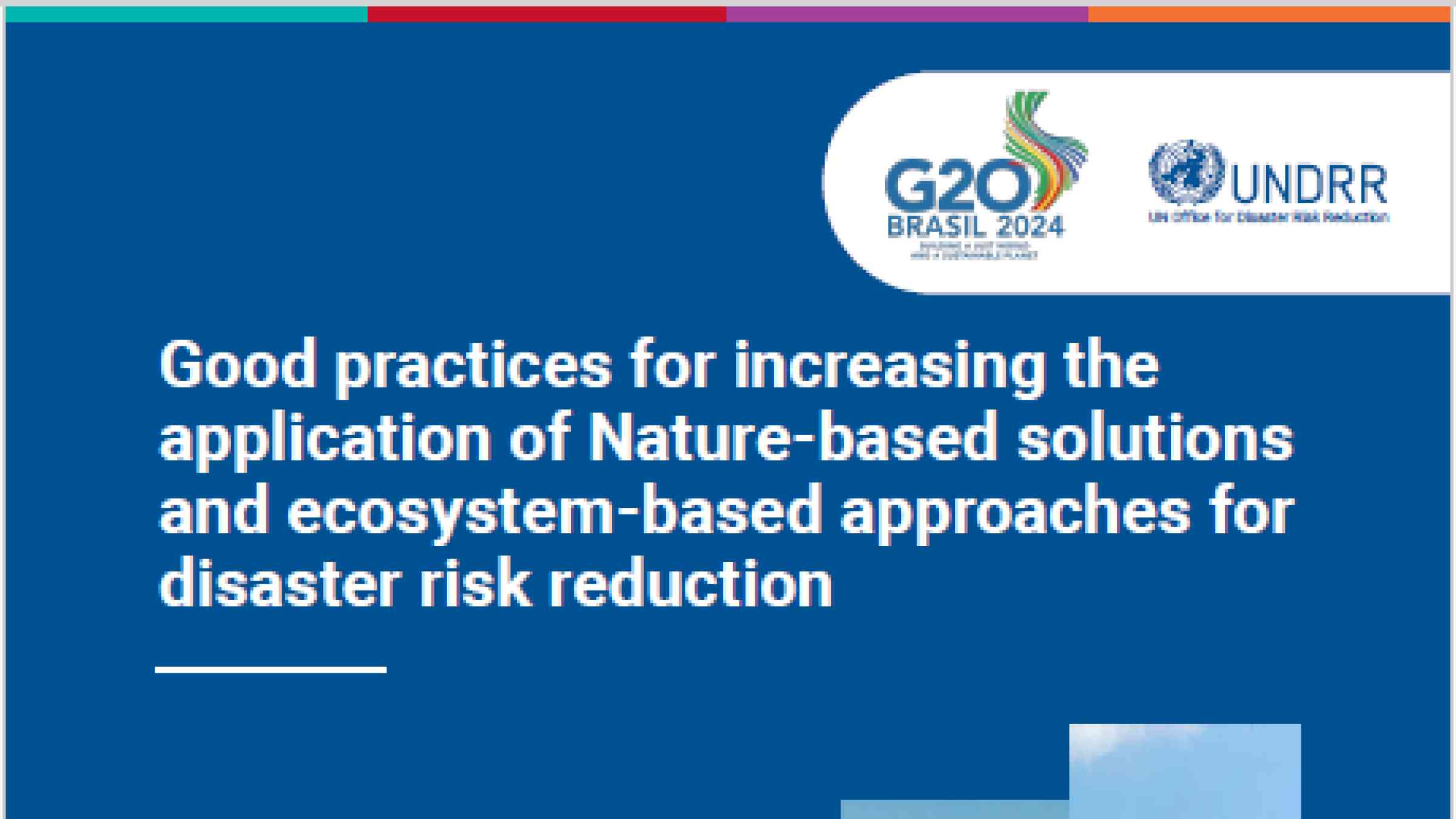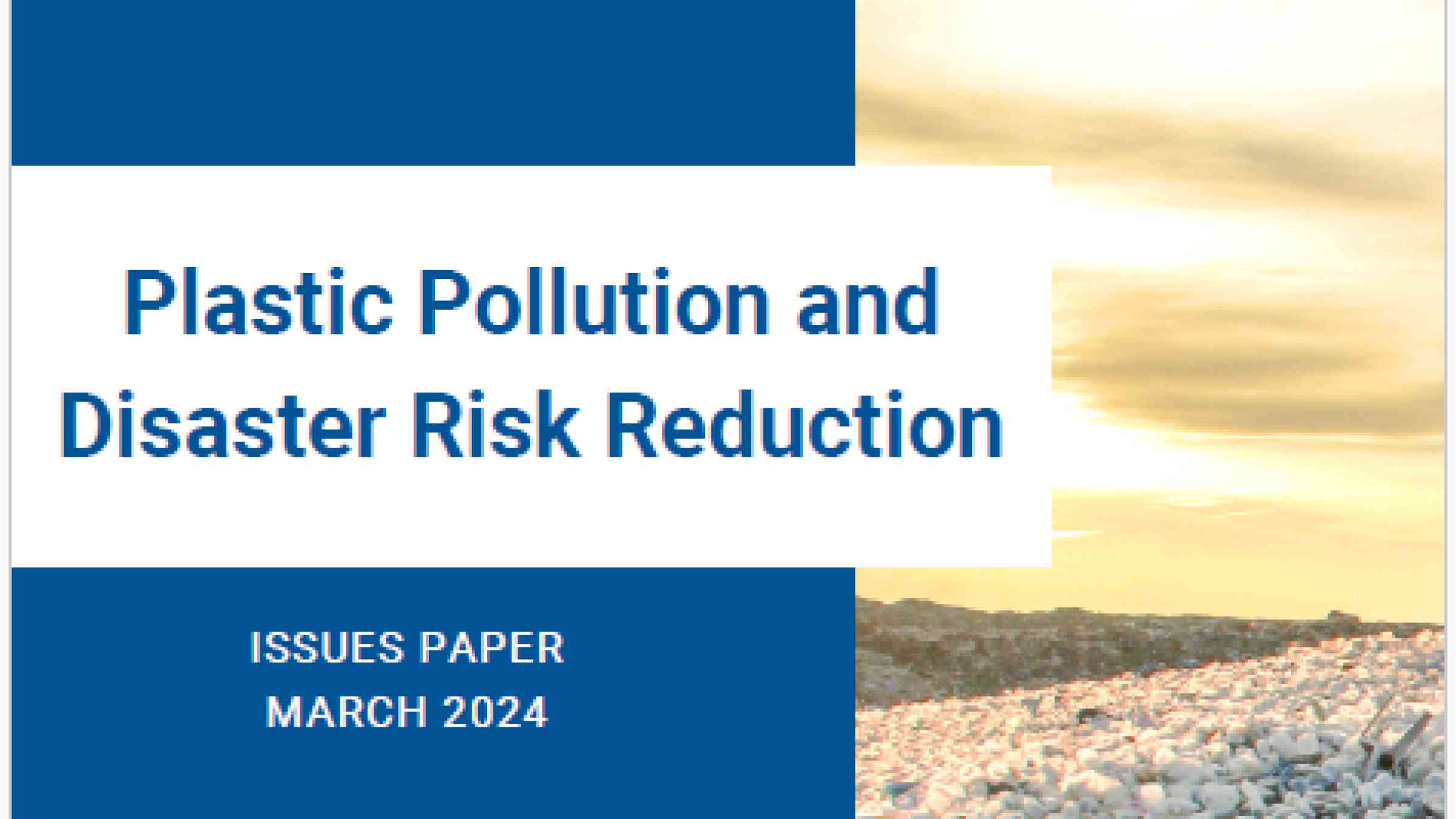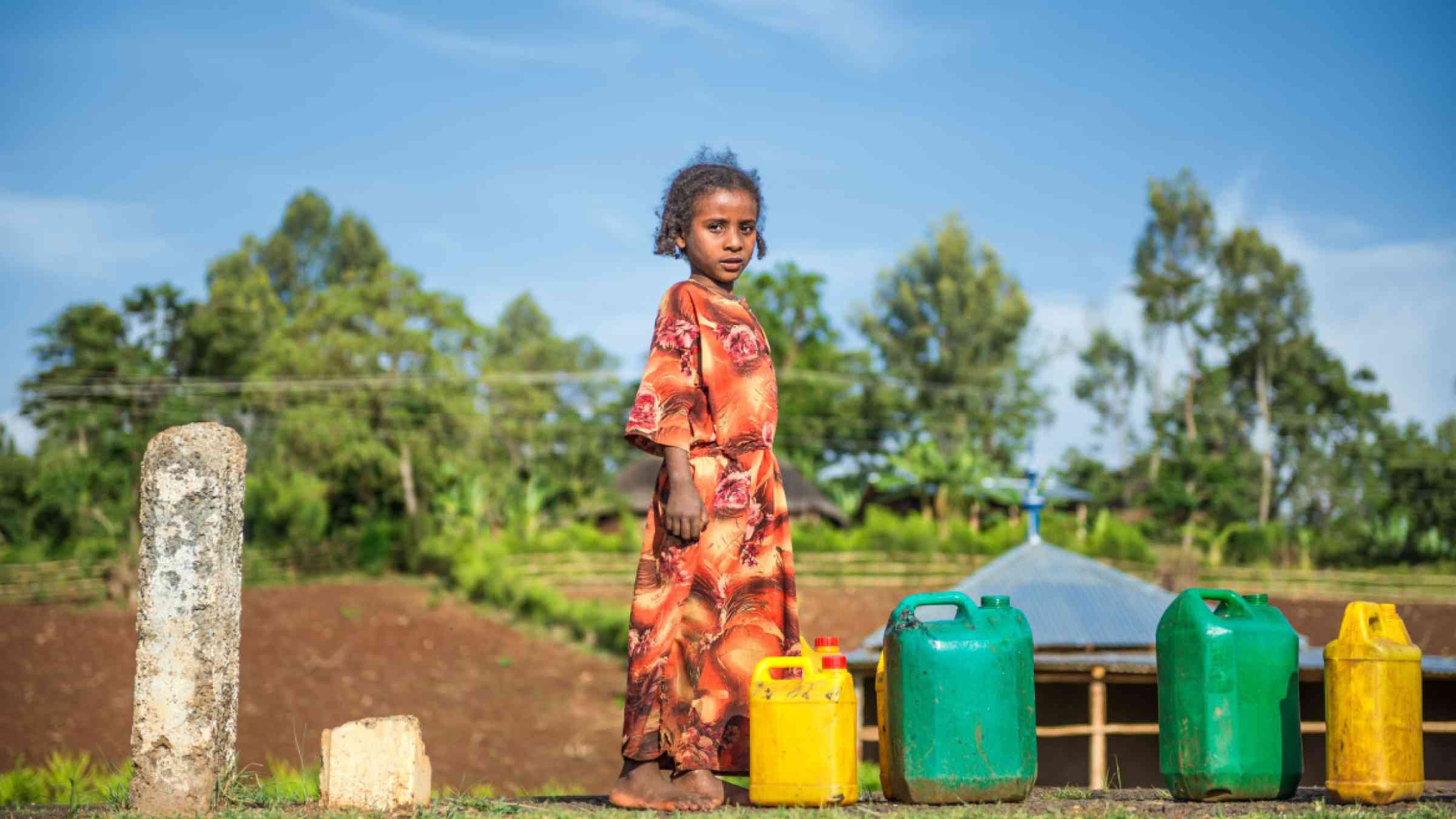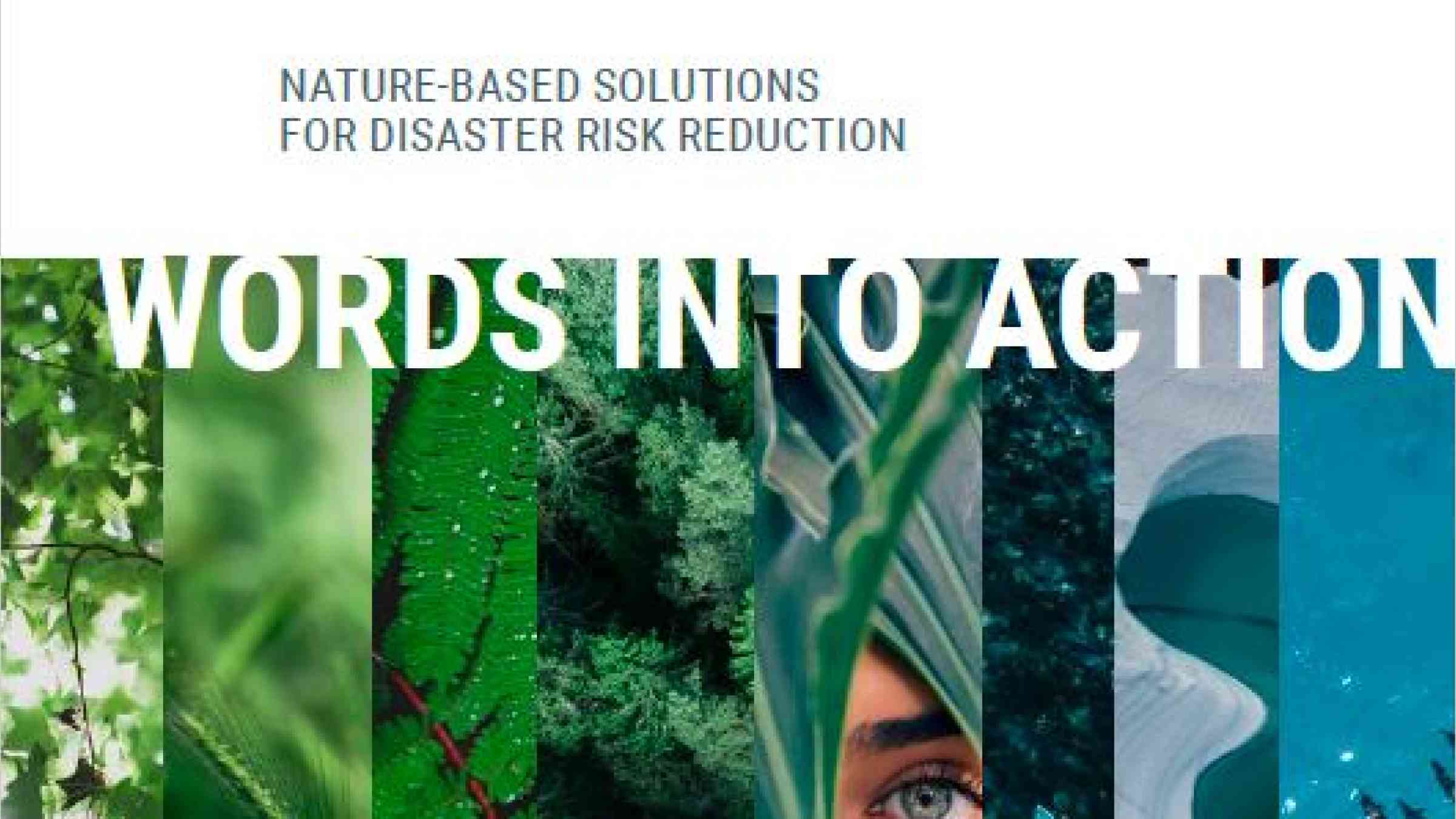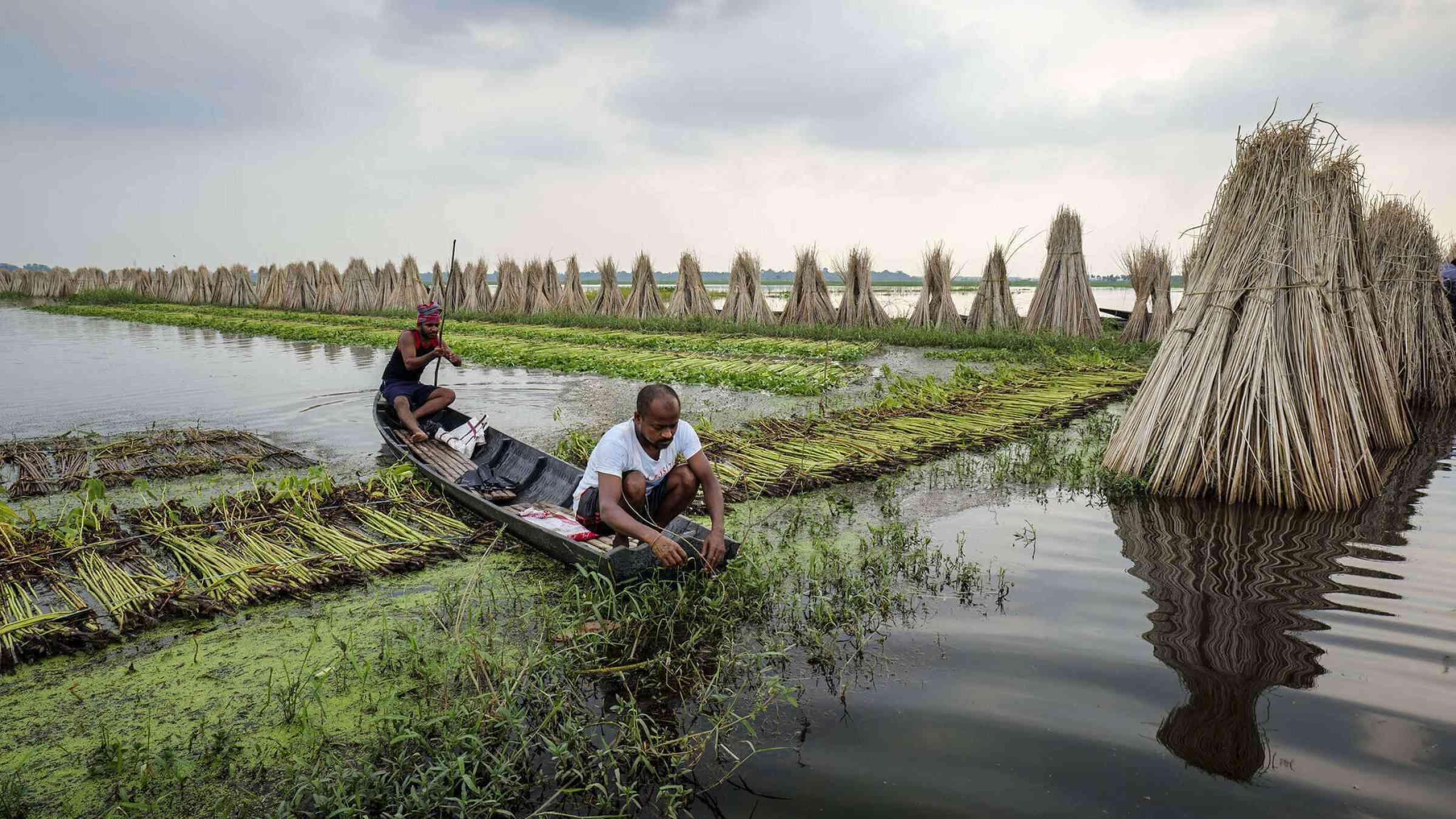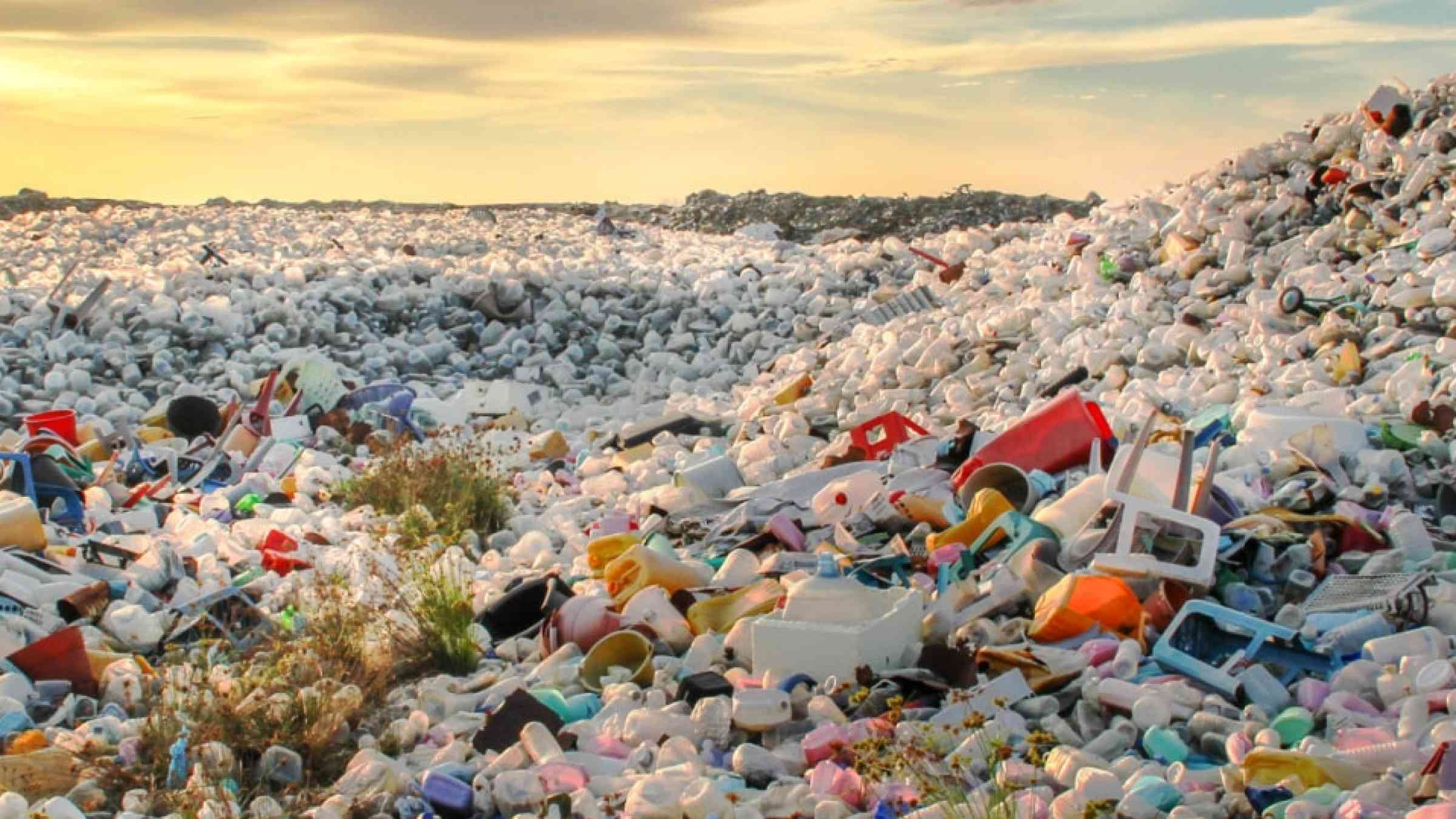Nature for Resilience
Unprecedented rates of biodiversity loss and ecosystem decline are putting human existence in danger by reducing our resilience to natural hazards. Poor environmental management and pollution contribute to increased disaster risks. Environmental degradation is both a driver and consequence of disasters, reducing the capacity of the environment to meet social and ecological needs. Only if we take care of Nature, keep ecosystems healthy and stop unsustainable practices, can ecosystems perform their functions and provide services that help mitigate hazards, buffer disaster impacts, and support food and water security. Including the protection, conservation, restoration and sutainable management of ecosystems as a disaster risk reduction strategy can save peoples’ lives and safeguard livelihoods, protect assets, and help us adapt to climate-related risks.
“For years, Nature has been unfairly targeted as the cause of disasters, and the label of “natural disasters” can provide an escape for humanity’s own culpability. If we take care of Nature and keep ecosystems healthy, they can contribute to mitigating hazards and buffering disaster impacts.” – Mami Mizutori
75 % of land surface has been altered and 85 % of wetlands area has been lost.
IPBES, 2019
During Hurricane Sandy in 2012 an estimated 625 million US dollars in flood damages were avoided because of wetlands.
Dasgupta, 2021
Failure to act on ecosystem rehabilitation is costing US$20 trillion to the global economy in lost ecosystem goods and services.
UNDP 2020
Solutions and needs
Disaster risk reduction and Nature are connected in two ways. On the one hand, disaster risk reduction provides solutions to tackle Nature and biodiversity loss, pollution, land degradation, climate change, water and other environmental challenges. On the other hand, the protection, conservation, restoration, and sustainable use and management of ecosystems can help reduce disaster risks. For instance, wetlands store and purify water, mangroves protect coastal areas from storm surges, and forests on slopes help prevent erosion and landslides.
Working with Nature in disaster risk reduction is one pathway to keep ecosystems healthy, decrease vulnerability and exposure, and contribute to sustainable, resilient and equitable futures.
The Political Declaration of the High-level Meeting on the Midterm Review of the Sendai Framework

The Political Declaration of the High-level Meeting on the Midterm Review of the Sendai Framework (A/RES/77/289) adopted in May 2023 recognises the gap in Nature actions in support of disaster risk reduction and explicitly calls on States:
Paragraph 26:
“[…] to strengthen comprehensive disaster risk governance, taking into account their national circumstances, needs and priorities, including by: […]
(g) Promoting nature-based solutions, ecosystem-based approaches, among other approaches, for disaster risk reduction at all levels and across all phases of disaster risk reduction and management to restore, maintain and enhance ecosystem functions and services for protection from natural hazards, and to contribute towards increasing the resilience of biodiversity, supporting sustainable livelihoods and building community resilience.
(e) Mainstreaming disaster risk reduction in the implementation of other relevant policy areas, such as for such as for sustainable development, poverty eradication, climate change mitigation and adaptation, water, biodiversity conservation, restoration and sustainable management, desertification, land degradation, drought, wildfires, forestry, agriculture, food security and nutrition, health, […]”
Sendai Framework for Disaster Risk Reduction 2015-2030

The Sendai Framework for Disaster Risk Reduction 2015-2030 recognises poor environmental management, ecosystem degradation and unsustainable natural resource management practices as drivers of risk. Furthermore, it provides guidance and entry-points for the design, implementation and reporting on Nature actions that strengthen disaster risk reduction and increase resilience. These include:
- Understanding risks of ecosystem degradation and loss;
- Promoting common planning and risk-informed governance approaches bringing together national policies, processes and actors working in disaster risk reduction, biodiversity, water, climate change and other environmental sectors;
- Risk-informing investments for greater resilience that takes into account environmental hazards and tipping points, and increases Nature financing;
- Building back better and greener by considering a suite of options that take account of Nature’s role, function and service in spatial and landscape planning.
Call to action
Strengthen risk-informed decision-making in Nature protection, conservation, restoration and sustainable management:
Resilience building is key to reduce threats to biodiversity while protecting people and meeting societal needs. To achieve the mutually supportive goals of the Kunming-Montreal Global Biodiversity Framework (GBF) and the Sendai Framework, it is important to consider risk information and disaster risk reduction approaches that protect people and planet simultaneously. The updating of National Biodiversity Strategies and Action Plans (NBSAPs) as an outcome of the GBF provides an opportunity to consider mutually supportive national targets and indicator frameworks that build on existing risk data and information, strengthen national governance and coordination between biodiversity and disaster risk reduction actors and increase investments for multiple resilience benefits.
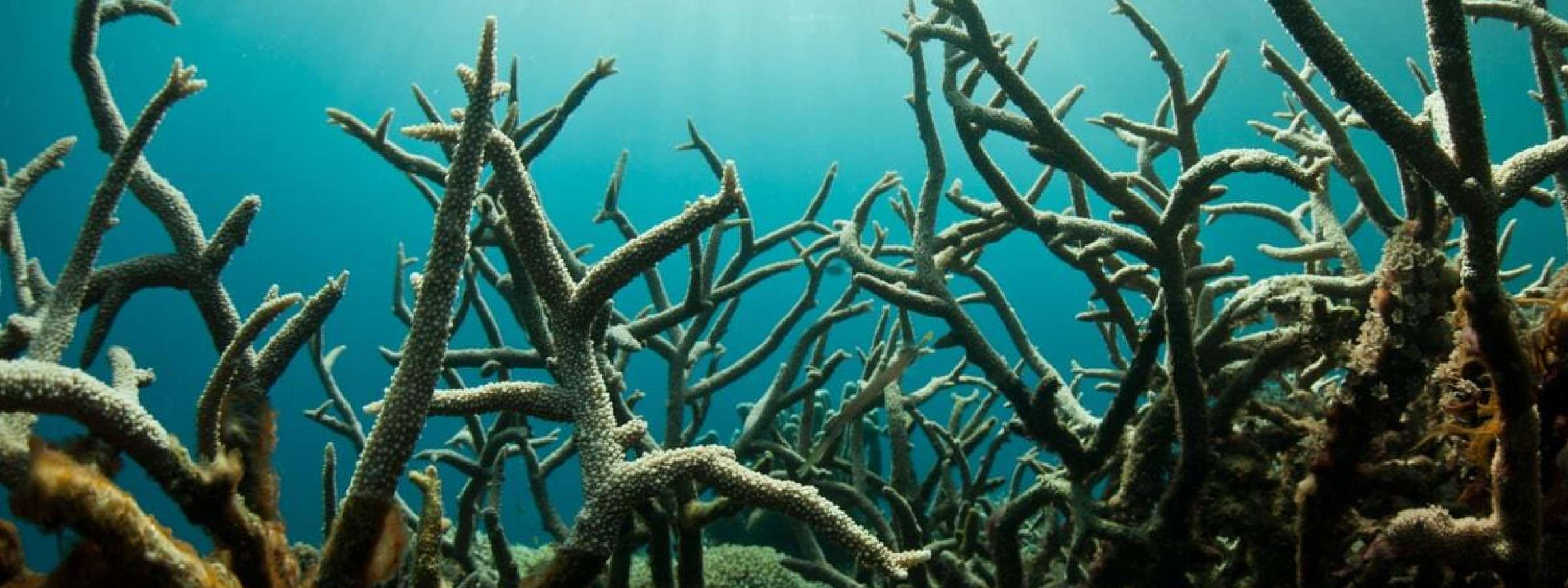
Integrate Nature actions, including nature-based solutions, into disaster risk reduction strategies, plans and measures:

For prevention measures to be effective, they need to take account of the multiple hazards that threaten lives, livelihoods, assets, socio-economic stability, and environmental sustainability. This includes the important role that Nature and healthy ecosystems play in reducing vulnerability and exposure. For instance, nature-based solutions address cross-cutting hazards, facilitate coordination across policy areas, and promote cooperation and partnership between relevant actors.
Apply a whole-of-society approach, involving those most affected by disaster risks and those most dependent on and connected with Nature, in particular Indigenous Peoples
A whole-of-society approach is inherent to disaster risk reduction and is equally included as a core principle in Nature and biodiversity conservation. It is imperative to bring together actors from the disaster risk reduction, Nature conservation, water, climate and other relevant communities to address common resilience challenges. Working at the intersection of Nature and disaster risk reduction, it is particularly important to ensure meaningful engagement and agency of those most affected by actual or potential disasters. As the custodians of biodiversity, Indigenous Peoples must be partners when addressing disaster risks through a Nature-lens.


